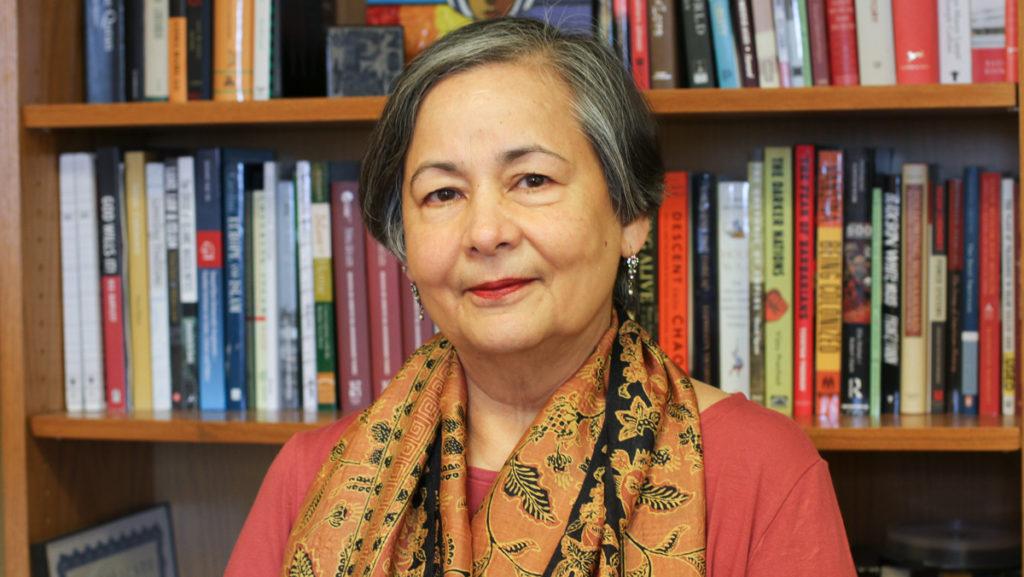A few weeks ago, my Islam class read two sets of verses about sexual modesty and dress in the Qur’an that are addressed to Muslims living in a non-Muslim, seventh-century, slave-owning patriarchy. In such societies, female slaves weren’t allowed to cover themselves and were considered “fair game” by men, which is why free women had to abide by “the law of the veil,” as Gerda Lerner writes in “The Creation of Patriarchy.” To Muslims, the Qur’an forbade such behavior. Thus, one set of verses instructs men and women to lower their gazes, dress modestly, and guard their chastity in the public arena. Regrettably, we Muslims have yet to develop such ethics of mutual restraints and responsibilities. The other set counsels Muslim women to wear a jilbab (shawl) in public so that non-Muslim men don’t molest them. And, regrettably, most Muslim men now see the jilbab as a symbol of female morality rather than a negative commentary on sexually predatory men in seventh-century Arabia.
In discussing the link between dress and sexual abuse, some students noted that many men today also think that an “indecently” dressed woman is “asking for it.” Clearly, what a woman wears can’t protect her these days, unlike in the seventh century. But in some cases, what women and/or people of color wear can endanger them — consider the shooting of Trayvon Martin in 2012. However, whenever I’ve broached the subject of women’s dress, many of my students, always white, have rejected the idea that they should have to worry about things like dress or behavior since they see it as negating their agency, freedom and right to make whatever choices they want. This sense of freedom is also what allows many Americans to feel that women here have it better than Muslim women who they see as abject victims of “Islamic” violence.
Such views aren’t surprising given that the U.S. has legalized the principle of sexual equality and that women here enjoy many rights women elsewhere do not. Yet, when the chips are down, they aren’t any safer from men’s sexual predations. Indeed, I feel American women’s right to equality exists only up to that point where it comes into conflict with the rape culture and toxic masculinity of patriarchy. At this juncture, neither law nor freedom can shield them from men’s sexual violence, as the stories of the women who fell victim to men like Harvey Weinstein reveal. Even so, some were better able to fend for themselves than others, though pointing this out is seen as victim-blaming, and here our class conversations invariably flounder.
Perhaps I’m not going about it the right way or perhaps there are irresolvable tensions in white women’s worldviews or both. Thus, on the one hand, they feel free to do as they please and they think freedom is absolute, not relational, while failing to realize that self-protection is also a condition of freedom. At the same time, the post-MeToo moment reveals that many young women feel men are to blame for all sexually complex situations which get out of hand and women are just hapless victims. At this point, mentioning their sense of agency sounds like a rebuke to them. It could be that unrestrained freedom and inexorable victimhood have always coexisted. At a personal level, though, such a polarized view of oneself is unhelpful for navigating a culture of pervasive sexual abuse. If there’s a way out of this stalemate, I haven’t yet found it.















